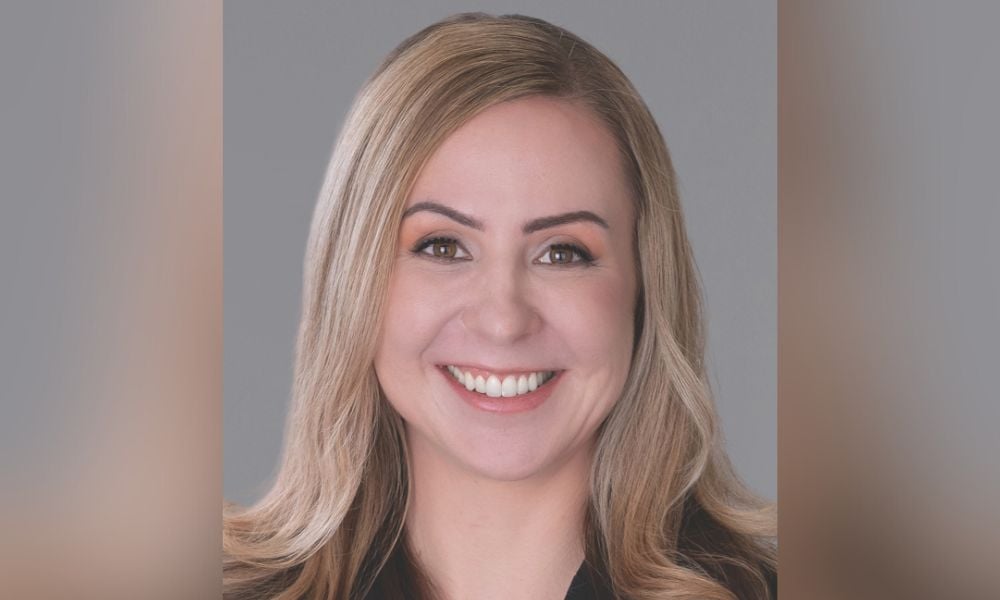What's the newest condition that has employees needing help?

Many people have experienced an uptick in stress due to the COVID-19 pandemic but one type of mental health concern shot to the top of reported issues.
“Generalized anxiety became the number-one condition that people were reaching out for help for, and with quite severe states of self-reported conditions and fairly high severity of anxiety,” says Adam Kelly, president and chief commercial officer at MindBeacon Health in Toronto.
Pre-pandemic, depression was the most mentioned health problem at the health provider but it’s clear why that shifted to anxiety, according to Kelly.
“Anxiety — what the clinicians would tell us — is often a response to trying to make sense of uncertainty, and it’s a healthy response to uncertainty but when that uncertainty is something that persists for a long period of time, with a whole lot of uncertainty, the anxiety and our responsiveness to that becomes aggravated as well and it becomes an unhealthy response.”
With the staggering rise in mental health issues, this will inevitably have an effect on workplaces, says Kelly.
“The number-one driver of disability in workplaces is mental health… but there’s a whole bunch of residual impact that is also secondary in terms of performance, culture, productivity, and retention, attraction strategies in terms of employees: people want to work in places that are psychologically safe and psychologically supportive because of the pressure that workplace puts on our health.”
A vast majority of workers reported burnout as a major concern, according to a recent survey.
What is effective?
To manage the new reality, what goes into creating an effective mental health strategy?
The first step is defining a desired outcome such as healthier employees -- but pinning that down is not so simple, he says.
“How do we actually turn that into a set of measurable objectives that are quantifiable when we talk about things like healthier, happier people? That could mean things like clinical outcomes but are we measuring the impact on the business? Are we measuring the impact on disability and productivity? Because a lot of employers will have a fairly well-defined set of objectives but they don’t have a measurement framework in place to evaluate it.”
Then, make sure that your programs provide the measurement tools that align to those objectives, says Kelly.
“It’s a big missing gap in the overall strategy, program-execution side of things in that most programs, traditionally, when deployed in workplaces have not provided adequate measurement. In other words, they don’t show or prove that they work and that’s been the case with EAPs, with paramedical benefits that have been the two primary mechanisms by which employers have provided support.”
Traditionally, heath care service providers have not done a good enough job overall, but things are starting to change, he says.
“We’re starting to see that as a dramatic shift. Employers are expecting it, clinicians want it and the market is starting to demand it. There’s this whole notion of measurement-based care or evidence-based care and the concept behind that is you have to be able to measure the progress against validated clinical outcomes, or validated health outcomes.”
Specific ways to measure success include determining health outcomes, but they must be done correctly to show tangible results, says Kelly.
“These are validated screening and measurement tools that are self-reported by individuals and reviewed by mental health professionals that are the baseline measurement around whether or not people are improving from an overall health perspective, and so measuring those health outcomes is an extremely important part of it: Are people getting better? Do people feel better against the validated framework of evaluation?”
Regularly canvassing the workforce is an effective way to provide the best types of health care for all employees, he says.
“There is no single solution for mental health. Lots of people benefit from self-directed digital assets that do not depend on a therapist or a coach to deliver value… other people need to connect with a therapist, whether asynchronously or in-person or through virtual technologies, but you need to provide choices and meet employees where they are. You need to continue to check base with your employees.”
HR learnings
For HR, addressing the workforce’s overall health in a holistic manner is a best practice, according to Kelly.
“There has to be everything from prevention strategies through to early risk identification strategies, through to early condition, acute management strategies and interventions and through to complex care, management and disability management return-to-work programs; it’s important that the programs can address the entire population set, depending on the level of need, the level of risk, the level of preference and choice that the individual is looking for.”
Holistically healthy organizations are thriving, found a recent study.
Over-communicate and ensure the health care offerings are simply presented, so that is easy for employees to access, he says.
“Individuals are not clear on how to use those programs. They’re not clear what those programs consist of, they’re not clear on how to access paramedical benefits: What kind of provider do I need? How do I get reimbursed? There’s so much confusion in terms of how to access programs, that itself becomes a barrier so education and communication is the cornerstone of any good health program,” says Kelly.
“You have to make it super, super easy and accessible for employees to self-select. If they have to go searching and can’t find it, it’s such a barrier, a significant wall for them to climb in terms of reaching out and asking for help.”




